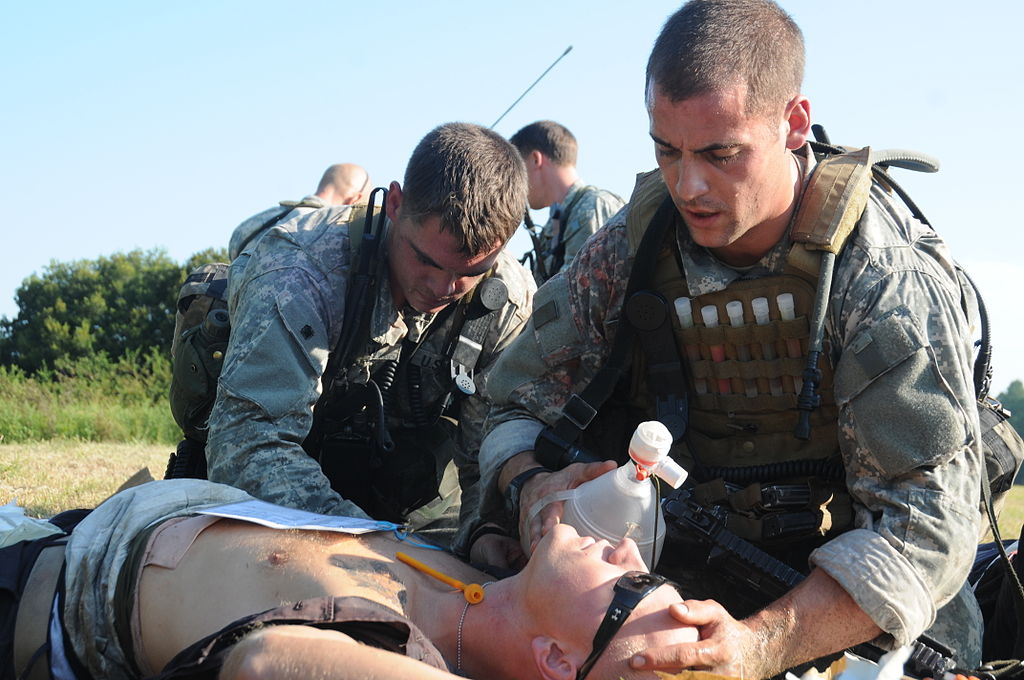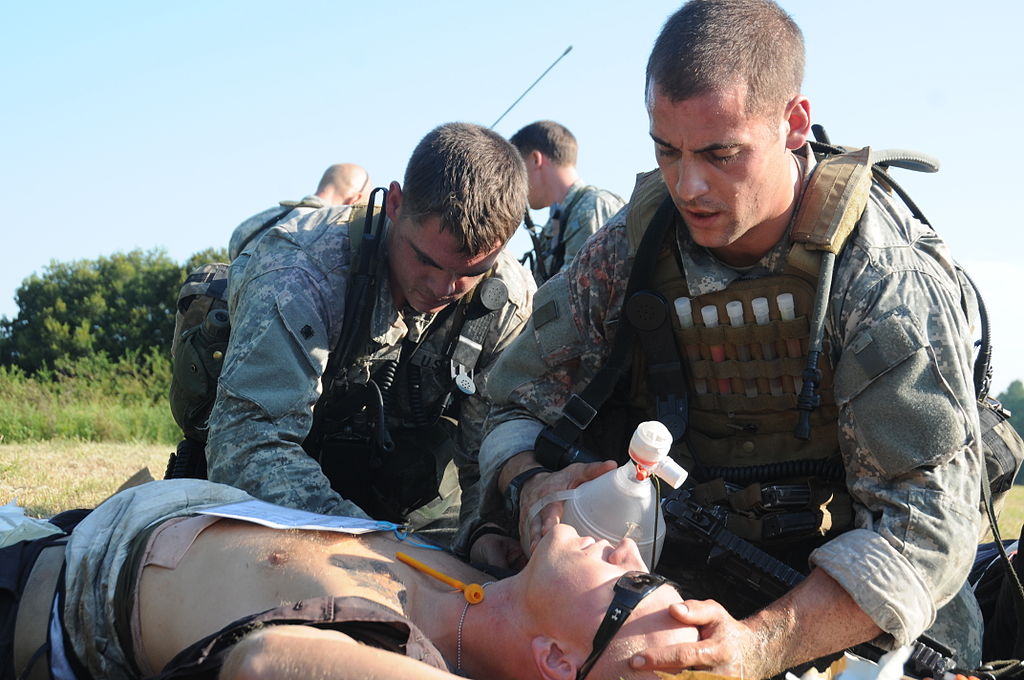Cross Cultural Competence is a Matter of Life or Death in Army Special Forces

A new test using research from Florida Tech may help pinpoint which soldiers would be most effective during deployment
When you are a member of the Army Special Forces, failing to win the trust of allies in a combat zone could mean the end of a mission or end of a life.
Rich Griffith, professor of industrial/organizational psychology and executive director of The Institute for Cross Cultural Management, is working with the Army on ways to test members of the Green Berets on cross cultural competence, a set of skills and attitudes that allow individuals to move in and out of any culture by studying local customs and the ability to take behavioral cues from a population.

In the past, cultural competency was rarely assessed by the Army. When it was, the tests for cross cultural competence were based on a questionnaire that didn’t provide a very accurate measurements of how well the soldiers fared in a foreign culture, Griffith said. The tests only relied on a soldier’s self-report. “The new test is innovative in measuring techniques that are more behavioral and more interactive with individuals,” he said. “It’s far and away the most state-of-the-art system I’ve seen in trying to assess cross cultural competence. But now we have to find out: Does it work?”
In other words, it’s time to test the test, and Griffith and his researchers are tasked with the validation over a five-year period. The ideal way to test a soldier’s ability in this area would be to observe them in the field during a real military operation, but to do this, the researchers face hurdles such as personal safety and logistics. So how to assess a soldier’s cross cultural competence? Enter Robin Sage.
The final test a Special Forces candidate must pass before getting the Green Beret, is completing an “unconventional warfare” exercise after more than a year’s worth of training. During the two-week-long Robin Sage exercise, 15 counties in rural North Carolina turn into the People’s Republic of Pineland, where real civilians take on the role of the Pinelanders who have their own set of laws, rules and cultural norms. Pineland simulates an environment of political instability and armed conflict in order to put soldiers in a position to analyze and solve problems.

It is completely up to the student soldiers to figure out the culture and successfully procure food, information and even places to stay during the night without upsetting the locals with taboo behavior.
For Griffith’s team, this is an almost perfect (and safe) way to validate the cross cultural competence assessment without having to actually go to the heart of an armed conflict. The team has developed a set of measurements they will implement, collect data over a period of time and hopefully prove the new method of testing works.
“The question we are asking during the validation is this: is this test doing what it’s supposed to do?” said Griffith. “If you do good on the test, well then you should be really good working with other cultures.”
“Once this test is developed, it will allow the Army to screen people out that don’t have those particular skills” Griffith said. “Special Forces is all about improving performance. They can tell who would be good for a cross cultural environment…those that aren’t so good at it, maybe they become Rangers instead.”
The data could also be used to figure out what experiences improve cross cultural competence and if these skills could be acquired through training.
“The Army wants to know if a skill is malleable. Can it be trained?” said Griffith. “Our take on it here at Institute for Cross Cultural Management is yes, absolutely it can be. Some people benefit more from training than others, but it’s trainable. You can take a measure, give it to someone prior to training and give it to them after and see if they get better.”
%CODE1DISCOVERYMAGVOL13%





